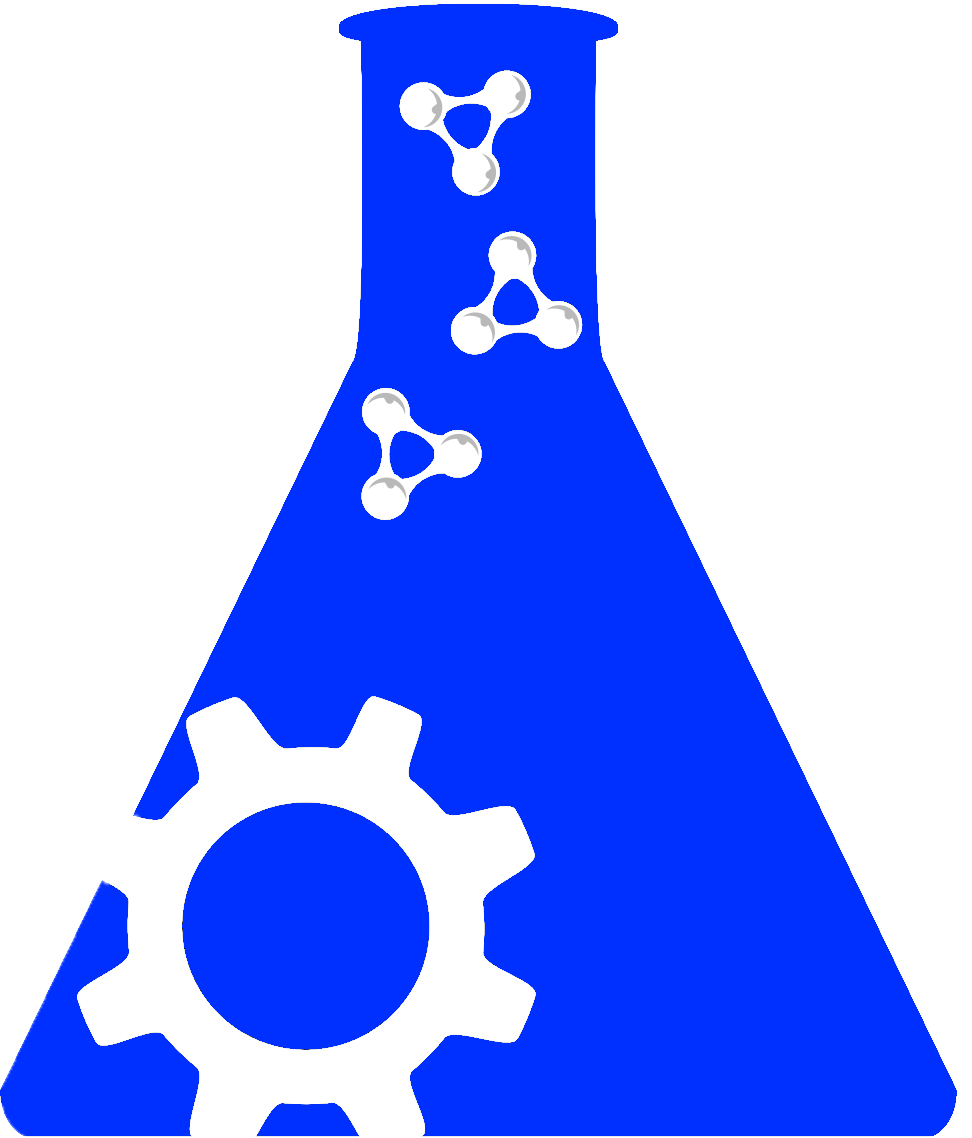Full Data Package |
Data Dictionary |
Methodology |
||||
|---|---|---|---|---|---|---|
Create new odc-sci Account and/or log in to download the file. |
||||||
PI3K inhibition in foamy macrophages after T8 spinal cord contusion in female mice, and in cultured macrophages treated with spinal cord homogenateDOI:10.34945/F5JC70DATASET CITATIONRyan C. B., Choi J. S., Kang B., Pereira C., Moraes C. T., Al-Ali H., Lee J. K. (2023) PI3K inhibition in foamy macrophages after T8 spinal cord contusion in female mice, and in cultured macrophages treated with spinal cord homogenate. Open Data Commons for Spinal Cord Injury. ODC-SCI:930 http://doi.org/10.34945/F5JC70ABSTRACTSTUDY PURPOSE: Inflammation after spinal cord injury (SCI) creates a cellular environment adverse to neural regeneration. Macrophages are one of the major classes of inflammatory immune cells at the injury site, and a subset of these cells with pro-inflammatory function are “foamy” macrophages. These cells become lipid-laden due to excessive lipid uptake of myelin and cellular debris after injury and add to the harmful inflammatory milieu of the SCI wound. In this study, we investigated the cellular and molecular mechanisms by which foamy macrophages may drive the cellular pathology after subacute SCI (7 days post injury).DATA COLLECTED: We developed a novel in vitro assay to model foamy macrophages formation after SCI using primary bone-marrow derived macrophages treated with wildtype spinal cord homogenate to represent virtually all the lipid sources present after SCI. In vitro analysis of foamy macrophages included protein blotting, RNA sequencing, Seahorse metabolic profiling, reactive oxygen species dye, qPCR analysis and immunocytochemistry. For in vivo experiments, 8-10-week-old female mice received mid-thoracic contusive SCI and were treated with Torin-2 filled liposomes at 1, 3, and 6 days post injury (dpi) and tissue analyzed at 7 dpi with immunohistochemistry.CONCLUSIONS: Foamy macrophages phenotype is characterized by increased production of cytokines, reactive oxygen species and mitochondrial uncoupling. Bioinformatic pathway analysis of the foamy macrophage inflammatory signature revealed the importance of the PI3K/Akt/mTOR pathway in driving foamy macrophage formation. Inhibition of this pathway using Torin-2 reduced lipid content and reversed the pathological characteristics of the foamy macrophage phenotype such as inflammatory cytokine and reactive oxygen species (ROS) production in vitro. Dissection of the targets of Torin-2 demonstrated that PI3K, but not mTORC1, was necessary for reducing lipid droplet accumulation. Importantly, targeting macrophages in vivo using liposomes encapsulating Torin-2 significantly decreased lipid content in macrophages at the injury site after contusive SCI in mice. Using an in vitro autophagy flux assay, we demonstrated that while lipid accumulation in foamy macrophages leads to decreased autophagy, this is partly rescued by PI3K inhibition using Torin-2, but not by selective inhibition of mTORC1 using rapamycin. Lastly, an in vitro phagocytosis assay showed that Torin-2 also reduced phagocytosis in foamy macrophages. Together, these data identify PI3K as an important regulator of foamy macrophage formation after SCI, and that small molecules with Torin-2-like activity may be suitable for therapeutic development targeting this atypical pathological process in SCI.KEYWORDSFoamy macrophage; Inflammation; Spinal Cord Injury; Mitochondrial uncoupling; Oxidative stress; Autophagy; Phagocytosis; Lipid metabolism; PI3K signal transduction; Torin-2; Lipid droplet accumulation; Foam cells in CNSPROVENANCE / ORIGINATING PUBLICATIONSRELEVANT LINKS
NOTES |
DATASET INFOContact: Lee Jae (jlee22@med.miami.edu)Lab: Jae Lee Lab
|
|





